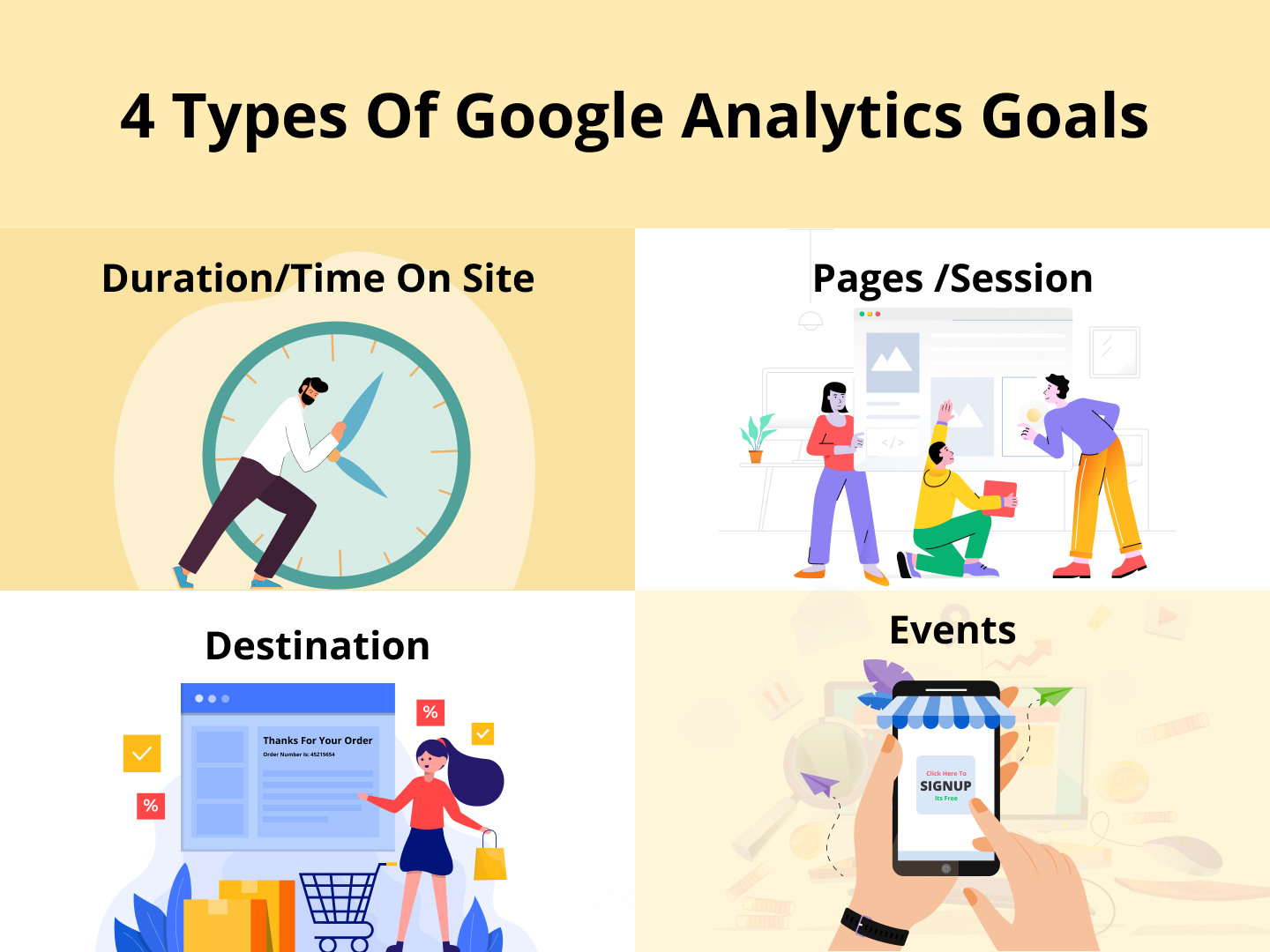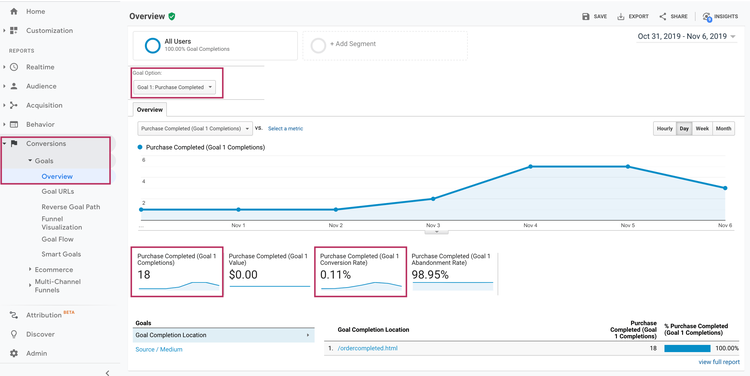What Data Is Google Analytics Goals Unable to Track and Why
What Data Is Google Analytics Goals Unable to Track and Why
Blog Article
Debunking Google Analytics Limitations: Uncover What Information Goals Can not Track
In the realm of electronic analytics, Google Analytics stands as an effective device that offers important understandings into site efficiency and individual behavior. However, in the middle of its abilities, there exist limitations that usually go unnoticed. Recognizing what Google Analytics can not track is important for a detailed understanding of data analysis and decision-making procedures. From the complexities of user communication with vibrant material to the intricacies of cross-device user trips, these limitations clarified locations that might stay obscured from conventional analytics point of views. By untangling these restrictions, a clearer image emerges, permitting more enlightened strategies and improved insights into individual involvement and conversions.

Individual Interaction With Dynamic Content
Customer interaction with dynamic web content plays a critical duty in understanding individual habits on web sites and optimizing the overall individual experience. By tracking customer interactions with vibrant web content, website owners can gain useful understandings into customer interaction, choices, and habits - what data is google analytics goals unable to track.
Google Analytics supplies different tools to track user interactions with dynamic content, such as event tracking and online pageviews. Event monitoring allows you to check particular individual activities, like clicking a switch or seeing a video clip, supplying data on just how customers engage with vibrant elements.
Cross-Device Individual Journeys
Exactly how can modern-day analytics devices track the complex courses users take across numerous gadgets in their on the internet trips? Cross-device user trips offer a significant challenge for monitoring and assessing user behavior properly. As customers interact with internet sites or apps utilizing various devices such as smartphones, desktops, and tablet computers, it becomes vital to comprehend just how they relocate in between these systems to optimize customer experience successfully.
Google Analytics deals with constraints in tracking cross-device customer journeys due to personal privacy problems and technical restraints - what data is google analytics goals unable to track. While it can supply understandings into specific gadgets' interactions, tracking a smooth customer trip across numerous gadgets remains a difficulty. This restriction can cause incomplete information and fragmented customer insights, making it difficult for companies to develop a unified view of the consumer journey
To address this issue, organizations can use innovative analytics tools that provide cross-device tracking abilities, permitting them to acquire a more holistic understanding of user behavior. By leveraging these tools, companies can link the void in tracking cross-device customer journeys and enhance their electronic approaches for a smooth user experience.
Offline Conversions and Attribution
As businesses browse the obstacles of tracking cross-device customer trips, another crucial facet to think about is the realm of offline conversions and acknowledgment in the world of information analytics. While Google Analytics gives useful understandings into on-line customer habits, it fails when it pertains to tracking conversions that happen offline. This constraint presents a considerable obstacle for organizations that have both online and offline sales networks.
Offline conversions, such as acquisitions made in physical stores or via phone call centers, are necessary to comprehending the complete client trip. Without the capability to associate these offline conversions to details on-line interactions, companies might battle to precisely determine the effect of their digital marketing efforts.
To resolve this gap, companies can check out different services such as integrating CRM systems with online analytics tools or utilizing unique discount codes that can be traced back to on-line campaigns. By connecting the gap between online and offline information, businesses can get a more extensive understanding of their clients' behavior and improve their total advertising and marketing techniques.
Individual User Recognition
In the realm of information analytics, the capacity to properly determine individual customers across different on-line touchpoints is an essential difficulty for businesses looking for to individualize and enhance their advertising approaches. While Google Analytics offers useful insights into individual actions and interactions, it drops short in enabling the identification of particular individuals because of personal privacy concerns and technological constraints. Google Analytics makes use of special identifiers such as cookies to track individual sessions and habits, however these do not relate to identifying specific users in an individual feeling.

Information From Secure Pages
In spite of the boosting occurrence of safe and secure pages on internet sites, acquiring information from these encrypted resources provides an unique challenge for digital analytics systems like Google Analytics. Safeguard web pages, shown by HTTPS in the link, secure information traded in between the user's internet browser and the web site's server to guarantee personal privacy and security. While this encryption is vital for safeguarding delicate information, it likewise postures limitations for tracking user actions and event analytics data.
Google Analytics encounters challenges in collecting comprehensive information from protected web pages because of the encryption protocols in position. Consequently, certain information points such as reference sources, keyword searches, and even some individual communications may not be totally caught when users access visite site an internet site with a safe and secure link. This constraint can impact the accuracy and completeness of the data evaluation, causing spaces in understanding individual behavior and preferences on protected pages.
To browse this difficulty, electronic experts might require to explore different tracking techniques or utilize other tools especially created to collect understandings from safe web pages. By adjusting strategies to accommodate these restrictions, companies can still acquire useful analytics regardless of the restrictions presented by encrypted links.
Final Thought
To conclude, Google Analytics has constraints in tracking customer communication with vibrant web content, cross-device user trips, offline conversions, individual customer identification, and information from safe pages. These limitations hinder a thorough understanding of customer habits and might cause voids in information analysis. In spite of its beneficial understandings, Google Analytics may not offer a complete picture of user engagement throughout numerous touchpoints. It is essential for services to be knowledgeable about these restrictions and consider additional tools for a much more all natural sight of their data.
Individual interaction with vibrant content more info here plays an important function in understanding individual behavior on web sites and enhancing the overall customer experience. By tracking individual interactions with vibrant material, internet site proprietors can gain valuable insights into user involvement, preferences, and actions.
Google Analytics uses distinct identifiers such as cookies to track individual sessions and actions, but these do not correspond to determining private customers in an individual feeling.
As an outcome, specific data points such as referral sources, keyword searches, and also some customer interactions may not be completely caught when individuals access a website through a protected link.In final thought, Google Analytics has restrictions in tracking customer interaction with dynamic material, cross-device customer journeys, offline conversions, private user identification, and data from protected pages.
Report this page